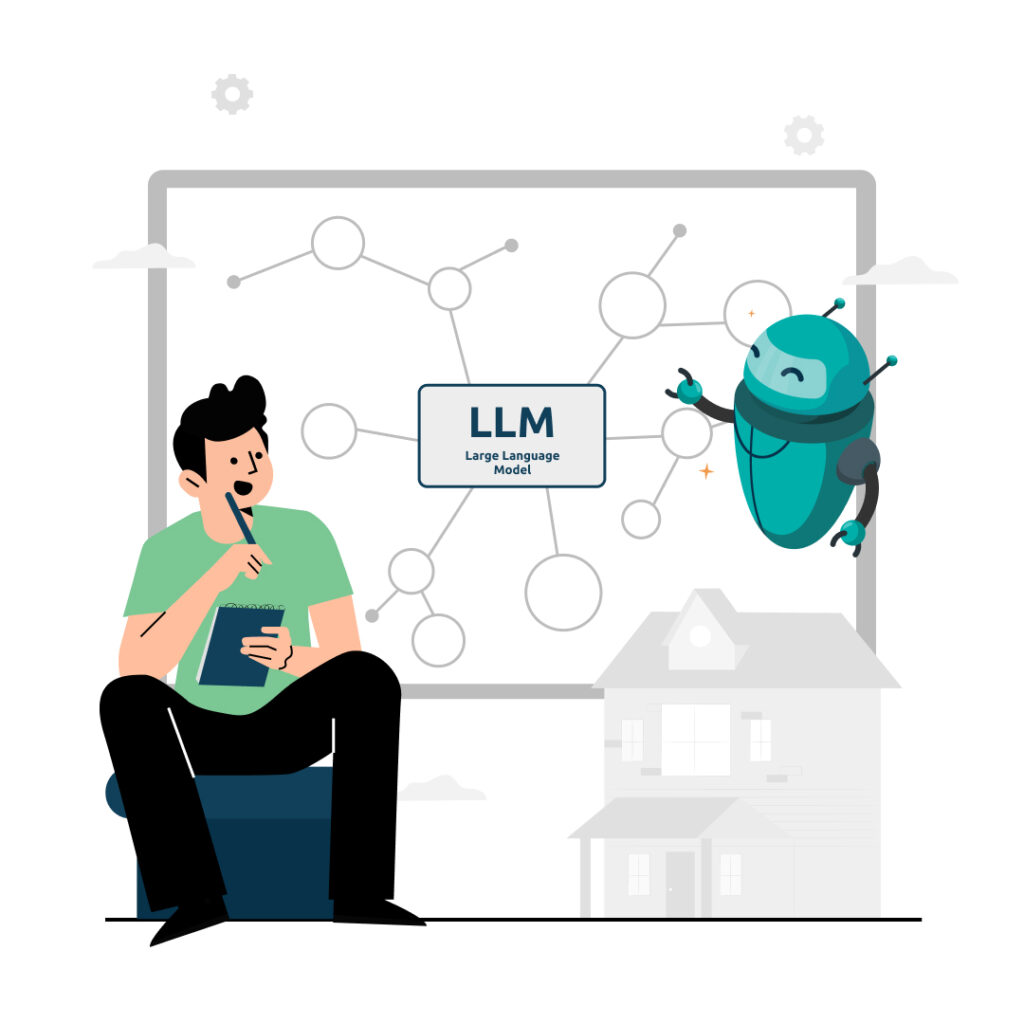If 80% of users only use 20% of features, why do vendors keep building comprehensive feature sets covering the remaining 80%?
Here’s a fun fact: Photoshop users access under 5% of features. Salesforce customers activate around 10-15%. Yet these platforms absolutely dominate their markets.
This paradox is part of a broader pattern explored in our technology power laws overview, where mathematical forces shape seemingly irrational market behaviours.
Traditional product development wisdom says build features users want and use. Platform strategy does the opposite—it prioritises breadth over depth to create retention through switching costs.
The thing is, unused features create value through switching costs, option value, and competitive moat even when they’re never activated. Understanding this paradox explains platform strategy decisions and feature investment priorities.
Let’s get into it.
What Is the Eighty-Twenty Rule in Software Feature Usage?
The 80/20 rule says approximately 80% of users use only 20% of available features, whilst the remaining 80% of features get used by small subsets or remain completely unused.
The pattern appears across enterprise software. Microsoft Office users employ less than 10% of features. Photoshop users touch under 5%. Salesforce customers activate around 10-15%.
Individual users concentrate even more. The average Excel user employs 50-70 functions from 450+ available. The average Word user accesses 50-70 features from 1,000+ total.
Italian economist Vilfredo Pareto first identified this pattern in 1896 when he noticed that 80% of the land in Italy was owned by just 20% of the population. Pendo.io’s 2019 Feature Adoption Report confirmed the same consistent distribution across SaaS platforms regardless of product category.
The rule works differently at aggregate versus individual level. Whilst some features get widely used, each individual user concentrates in a narrow subset specific to their role. This matters because vendors must maintain features for niche use cases even when those features never appear in most users’ workflows. Joel Spolsky explained it perfectly: “Unfortunately, it’s never the same 20%. Everybody uses a different set of features”.
Why is the pattern universal? Cognitive limits, role specialisation, and workflow specificity constrain what people use. Industry research shows 80% of customers only use 20% of the features they’ve purchased.
Why Do Software Vendors Build Features Most Users Never Touch?
Vendors invest in unused features because they create switching costs and competitive moats even when not actively used. It’s that simple.
The economic logic: comprehensive feature sets prevent competitors from attacking with niche alternatives. If your platform covers 90% of potential use cases versus a competitor’s 85%, that 5% gap creates an opening for them.
Platform business models reward breadth over depth for retention. Feature depth drives initial adoption. Breadth creates lock-in.
Joel Spolsky documented how “lite” products consistently fail. When dozens of companies tried releasing word processors with only 20% of features, they failed when reviewers couldn’t find their crucial feature. As Spolsky noted: “When you start marketing your lite product, and you tell people it’s lite, they tend to be very happy, then they ask you if it has their crucial feature, and it doesn’t, so they don’t buy your product”.
There’s also an economic reality around shipping software. “If your software vendor stops, before shipping, and spends two months squeezing the code down to make it 50% smaller, the net benefit to you is going to be imperceptible…But the loss to you of waiting an extra two months for the new version is perceptible”.
Software development costs decrease when programmers ship sooner, delivering more features that help when used and don’t hurt when not used.
How Do Unused Features Create Switching Costs?
Migration requires achieving feature parity across the entire feature surface, not just actively used features.
You can’t predict which “unused” features contain hidden dependencies or dormant workflows that would activate during migration. Comprehensive feature breadth forces competitors to match the entire feature set or risk disadvantage.
Integration surface area multiplies with feature count. Each feature represents potential API endpoints, data structures, and automation hooks that must be replicated. SaaS data portability requires understanding integration dependencies to assess migration complexity properly.
This is where unused features create integration lock-in—even features you’ve never activated create data structures and potential integration points that must be evaluated during migration.
Migration cost scales with feature count. Estimated 2-4 hours per feature for basic migration assessment. Enterprise platform migration with 1,000+ features can require 6-12 months planning before execution even begins.
The hidden dependency scenario presents major risk. Unused feature X has undocumented integration with feature Y, discovered only during migration. Cost scales with feature breadth.
What Is Option Value in Software Features?
Option value is the economic benefit created by having a feature available for potential future use, even if currently unused and probability of use is low.
Think of it like financial options: the right (but not obligation) to use a feature when needed has quantifiable value separate from actual usage.
Customers value comprehensive feature sets because they provide insurance against future requirements. Better to have and not need than need and not have. Loss aversion psychology amplifies this—organisations fear losing access to features more than they value gaining new ones.
Microsoft 365 and Adobe Creative Cloud monetise option value through bundling. Edition differentiation (basic versus professional versus enterprise) monetises breadth through tiering whilst maintaining lock-in.
Feature Breadth vs Feature Depth: What Is the Strategic Trade-Off?
Feature breadth (covering wide range of use cases) creates retention and switching cost moat. Feature depth (excellence in core capabilities) drives initial adoption and user satisfaction.
Successful platforms need both. But platform business economics favour breadth for long-term defensibility. Depth gets customers in. Breadth keeps them locked.
This trade-off becomes especially critical in winner-take-all markets where feature parity determines competitive survival. Cloud providers must match comprehensive feature sets to remain viable. These technology power laws create self-reinforcing dynamics that reward breadth over depth.
The strategic decision: invest in depth for features that drive differentiation and adoption, invest in breadth for features that prevent competitive attack and switching.
Platform lifecycle follows a pattern. Depth-first for early adoption. Breadth expansion for retention.
Case Study: Microsoft Office – Ninety Percent Features Unused, Still Dominant
Microsoft Office exemplifies the feature paradox. Average users employ less than 10% of available features (50-70 from 2,000+ across the suite), yet Office maintains 80%+ market share.
Excel alone contains 450+ functions. Word has 1,000+ features. PowerPoint offers 500+ capabilities. Comprehensive breadth creates ecosystem lock-in even when individual usage is narrow.
The switching cost mechanism prevents migration. Organisations cannot switch because someone, somewhere might need advanced feature X. “80% of the people use 20% of the features. Unfortunately, it’s never the same 20%”.
Ecosystem lock-in multiplies this. Training materials, third-party templates, macros, and expertise all assume comprehensive Office feature set availability. “We can’t switch because Finance needs pivot table feature X” prevents platform changes.
Google Workspace offers simpler tools but lacks comprehensive coverage for edge cases.
Case Study: Salesforce Feature Explosion – Breadth as Platform Strategy
Salesforce deliberately expanded from focused CRM to comprehensive enterprise platform through acquisition. 5,000+ features across Sales Cloud, Service Cloud, Marketing Cloud, Commerce Cloud.
Average enterprise customer activates 500-800 features from 5,000+ available (10-16% utilisation), demonstrating intentional breadth-over-utilisation strategy.
Each acquired product (Tableau, MuleSoft, Slack) adds feature breadth that existing customers gain access to, increasing switching costs without requiring active usage.
Integration lock-in multiplies with feature count. Organisations build workflows connecting multiple Salesforce clouds, creating migration complexity independent of per-feature utilisation.
Competitive positioning follows. Comprehensive platform prevents best-of-breed competitors from attacking individual capabilities whilst maintaining enterprise account control.
How Do You Decide When to Build Features Users Might Not Use?
Build low-utilisation features when they increase switching costs, prevent competitive differentiation, or provide option value that justifies development investment.
Feature investment breaks into three categories. Core features (high utilisation, differentiation) deserve depth investment. Parity features (competitive coverage, retention) deserve breadth investment. Experimental features (option value, future-proofing) deserve calculated bets.
Balance: 30% core features, 40% parity features, 30% experimental features.
Core features get evaluated on usage data and differentiation value. Parity features on competitive gap risk. Experimental features on option value and strategic positioning.
Invest in breadth features when switching cost increase exceeds development cost, typically justified when feature covers 5%+ of market use cases or blocks competitor attack.
Platform maturity matters. Early-stage platforms prioritise depth for adoption. Mature platforms invest in breadth for retention. Understanding when platforms reach critical mass helps determine the optimal feature strategy for each growth stage.
Vendors avoid deprecating even unused features because removal reduces switching costs and signals platform contraction. Actively remove features only when usage is zero, replacement exists, and switching cost reduction is acceptable.
FAQ Section
Why don’t users adopt more features if they’re available?
Cognitive limits, role specialisation, and workflow habits constrain feature adoption. Users develop efficient workflows with familiar feature subset and resist learning new capabilities unless clear immediate value justifies switching cost of changing habits. Enterprise training efforts increase adoption but rarely exceed 30-40% of available features even with significant investment.
How do comprehensive feature sets affect product complexity and usability?
Comprehensive features inherently increase interface complexity and learning curves, creating tension between breadth (strategic moat) and usability (user satisfaction). Successful platforms mitigate through progressive disclosure, role-based interfaces, and intelligent defaults that hide unused features whilst keeping them available. The trade-off is accepted because retention value of breadth outweighs satisfaction cost of complexity.
Can focused products compete with comprehensive platforms?
Focused products can win initial adoption through superior depth and usability in core use cases, but struggle with retention as users’ needs expand and comprehensive platforms offer “good enough” alternatives bundled at lower switching cost. Best-of-breed strategies succeed primarily in fragmented markets. Winner-take-all markets heavily favour comprehensive platforms.
What is feature parity and why does it matter?
Feature parity is the requirement to match competitors’ feature breadth to avoid disadvantage in vendor evaluation and prevent customer switching. In concentrated markets, feature parity becomes table stakes. Platforms must continuously expand breadth to match competitors regardless of per-feature utilisation. This parity arms race drives feature proliferation across entire industry.
How do you measure the value of unused features?
Value of unused features measured through switching cost impact (migration complexity they create), option value (willingness to pay for availability), and competitive protection (attack vectors they block). Quantified via customer interviews on migration considerations, pricing sensitivity to comprehensive versus focused editions, and competitor threat analysis.
Why don’t vendors remove unused features to reduce complexity?
Removing features reduces switching costs (fewer features competitors must match), activates dormant power users who may need the feature, and signals platform contraction rather than expansion. Deprecation cost-benefit rarely justifies removal unless feature has zero usage, complete replacement exists, and competitive moat impact is minimal.
How does the feature paradox apply to API design?
APIs exhibit same paradox. Comprehensive endpoint coverage creates integration lock-in even when individual integrations use narrow subset. Each endpoint represents potential dependency that must be replicated on migration. Successful platforms deliberately expand API surface area for lock-in value, not just immediate integration demand.
What role does feature breadth play in enterprise sales?
Enterprise procurement often uses comprehensive feature checklists in RFP processes, rewarding breadth over depth regardless of actual usage intent. Vendors must maintain broad feature coverage to pass checklist evaluation. Missing single checklist item can eliminate vendor from consideration despite superior core capabilities. This perpetuates feature proliferation cycle.
How do you avoid building features that truly waste resources?
Distinguish between low-utilisation features with strategic value (switching costs, competitive protection, option value) and genuinely wasteful features (no users, no competitive impact, no option value). Waste threshold: zero usage after 12-18 months, no competitive parity requirement, no option value in roadmap, replacement available, deprecation doesn’t reduce moat.
What is the relationship between feature breadth and pricing power?
Comprehensive feature sets enable premium pricing through bundling strategy. Customers pay for breadth (option value) even when using narrow subset. Microsoft 365 and Adobe Creative Cloud demonstrate pricing power from comprehensive coverage. Edition differentiation (basic versus professional versus enterprise) monetises breadth through tiering whilst maintaining lock-in across all tiers.
How does feature utilisation vary between SMB and enterprise customers?
Enterprise customers typically activate higher percentage of available features across organisation (aggregate coverage) despite individual users maintaining narrow usage patterns. SMB customers concentrate in core features with minimal breadth activation. However, enterprise switching costs still driven by breadth requirements. Must match all features someone in organisation might use.
Can you quantify the switching cost increase from feature breadth?
Migration cost scales with feature count. Each additional feature adds parity verification, alternative mapping, data migration, integration replication, testing, and training requirements. Estimated 2-4 hours per feature for basic migration assessment, multiplied by feature count. Enterprise platform migration (1,000+ features) can require 6-12 months planning before execution even begins.
The feature paradox demonstrates how platform economics differ fundamentally from traditional product development. Unused features aren’t waste—they’re strategic assets creating competitive moats through switching costs and option value. For a broader understanding of how these dynamics fit into technology market patterns, explore our complete guide to technology power laws.












